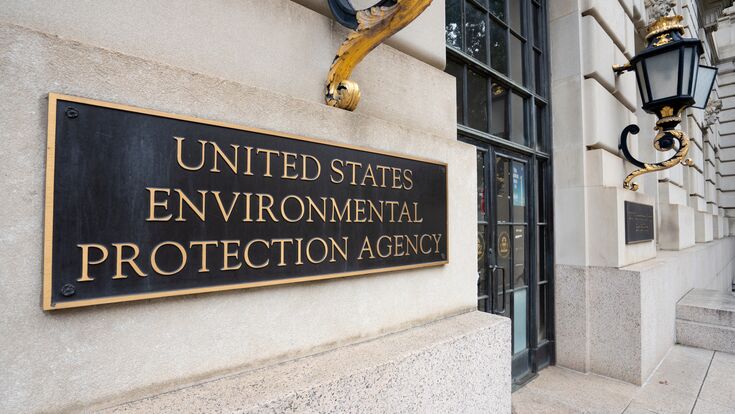Environmental Justice : EPA Environmental Justice Action Plan details Improvements across Waste Programms

The U.S. Environmental Protection Agency’s Office of Land and Emergency Management announced it has finalized the agency’s “EJ Action Plan: Building Up Environmental Justice in EPA’s Land Protection and Cleanup Programs” (EJ Action Plan).
The plan highlights projects, tools, and practices to be applied to the Superfund, Brownfields, Emergency Response, Solid Waste Management, Resource Conservation and Recovery Act Corrective Action, and Underground Storage Tank programs. The plan aligns with President Biden’s commitment to elevate environmental justice to the highest levels of the federal government and advances the agency’s commitment to delivering justice and equity for all.
This comes shortly after the EPA announced the creation of a new Office of Environmental Justice and External Civil Rights. The Office of Land and Emergency Management will work with this new office to ensure that the relevant actions described in the EJ Action Plan adhere to the agency’s priority that entities receiving any federal financial assistance from EPA comply with the federal civil rights laws.
EJ Action Plan is a working document
The historic $3.5 billion in Bipartisan Infrastructure Law investments will significantly enhance the implementation of the plan, including the first wave of $1 billion to initiate cleanup and clear the backlog of 49 previously unfunded Superfund sites and accelerate cleanup at dozens of other sites across the country.
When finalizing the EJ Action Plan, EPA incorporated feedback from various stakeholders, including Tribal partners. EPA heard strong interest in having a larger role in our decision-making when it comes to the Superfund cleanup process, with the goal of improving EPA’s understanding of foundational values. EPA also received input regarding the eligibility requirements for entities and/or projects to receive new Infrastructure Grants, and the Recycling Education and Outreach Grants being funded by the 2021 Bipartisan Infrastructure Law.
The EJ Action Plan is a working document and EPA will be reporting on progress as part of a whole-of-government and EPA-wide effort to address the nation’s environmental justice challenges, in-line with the priorities identified by President Biden and EPA Administrator Regan.
Four main goals
The plan includes four main goals:
- Strengthening compliance with cornerstone environmental statutes: This includes developing a “Good Governance” process and referral list to help address follow-up actions on communities’ environmental concerns.
- Incorporating environmental justice considerations during the regulatory development process: This includes assessing impacts to pollution-burdened, underserved, and tribal communities when developing Office of Land and Emergency Management regulations, while developing tools to identify, track, and consider the implications of potential environmental justice-related factors throughout the Superfund process.
- Improving community engagement in rulemakings, permitting decisions, and policies: This includes providing earlier and more frequent engagement with pollution-burdened and underserved communities in carrying out Office of Land and Emergency Management programs, and increasing technical support and risk communication resources for communities through the Agency’s Technical Assistance Services for Communities program and various grants.
- Implementing President Biden’s Justice40 Initiative: This includes providing direct and indirect benefits to underserved communities with grant application resources and in making grant award decisions, to the extent allowed by law.
